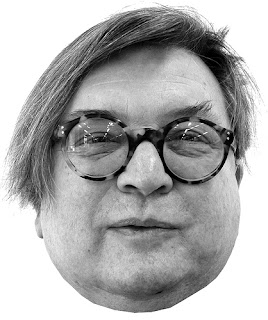A long running joke amongst designers is to never ever use Comic Sans. Heck, even Google made fun of Comic Sans last year for April Fool's Day. If you searched for "comic sans," the whole page would be in the font. Though the real reason for the annoyance over Comic Sans is because people have been using it for everything.
The man who created the font, Vincent Connare, is known for designing a number of child-oriented fonts. Funnily enough, the reason he created Comic Sans was because he saw Times New Roman being used in the speech bubbles of cartoon characters and wanted to make a more appropriate font. Now his own font is a victim of being used incorrectly. And as a result, it has become a joke.
"The Comic Sans Project" involves taking famous logos and redesigning them with Comic Sans
If you want to see more, you can check out the blog: http://comicsansproject.tumblr.com/
There's also a website called Comic Sans Criminal, which is dedicated to showing people the error of their ways and also providing some free alternative fonts. They even have a pledge to sign.
So the lesson to be learned is that all fonts have characteristics of their own that can change the whole tone of the message you're trying to convey.
Bad.
So take the pledge!




































